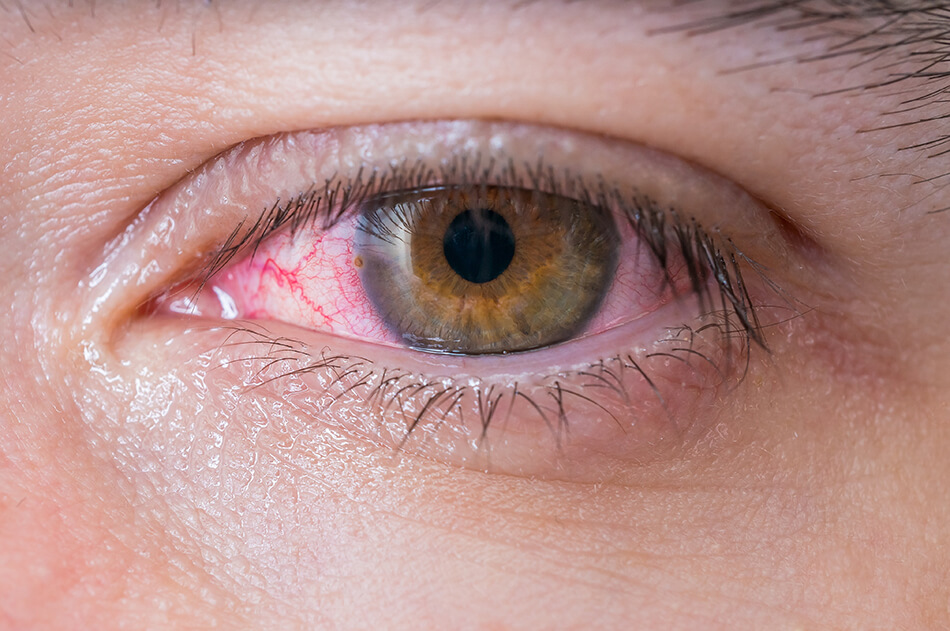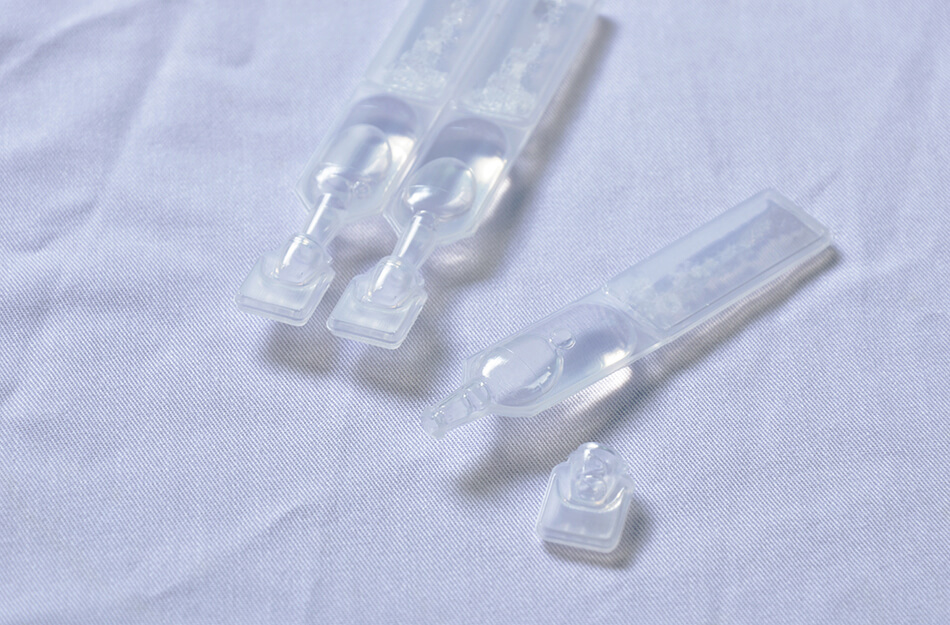5 Things You Need to Know About Sleeping With Your Contacts In

Ever been too tired to remove your contacts? We've all been there! But what happens to our eyes when we sleep with our contact lenses?
It isn't "no big deal" if you decide to sleep in your contact lenses. Your eyeballs need time to breathe in order to stay healthy and work as they should.
You can't wear contacts 24/7, and many people don't stop to think about the possible repercussions of falling asleep wearing their contacts!
Here are 5 important things you should know about sleeping with contacts.
1. To Get Oxygen, Your Cornea Needs Access to Air
Like the rest of your body, your eyes need oxygen to survive.
Most contact lenses are made out of a thin plastic material that isn't very breathable.This is a problem because your cornea which is the thin, clear covering of the eyeball doesn't have blood circulating to it and needs the oxygen to keep it healthy.
Wearing contact lenses will decrease the overall amount of air that your eyes get. You also experience a decrease of oxygen to the cornea when you sleep because your eyes are shut.
The combination of having contact lenses in and sleeping can critically reduce the amount of oxygen that gets to your eyes.

2. Sleeping With Contacts Can Increase Eye Infections
Without proper access to oxygen, your corneas will start to get larger and swell up. This process is called keratitis, which means that the physiology of the eye is being damaged and altered.
When keratitis starts to occur, the inflammation causes small gaps to start to appear across the surface of the eyes which you don't want to happen.
The immune system that protects your body is separate from the immune system that protects your eye. This is not good news for your eyes when bacteria starts to make its way through those gaps and invades the cornea.
If bacteria are able to break through the protective layer, you are at an increased rate for a bacterial infection to the eye.
Unfortunately, adding the lack of oxygen from sleeping with contacts to the fact that your contact lenses might not be as clean as they should be could result in experiencing eye infections more often.
A symptom of a possible infection or start of keratitis could be red, irritated, and itchy eyes. Regularly taking out your contact lenses should reverse and reduce your symptoms before they get any worse.
The CDC notes that around 1 million people go see their eye doctors every year because of the symptoms that come from experiencing keratitis. People who don't sleep in their contacts can still find themselves having keratitis, but the chances are much less.
If keratitis is left untreated and progresses, you could end up losing your eyes from infection.
Even the cleanest of contact users will have some buildup of germs on them. Remember to replace contacts as they are meant to be replaced and clean your contact lens case to prevent a buildup of unwanted bacteria.

3. The Longer the Nap, the More Dangerous Sleeping With Contacts Is
Many people decide to sleep while still wearing contact lenses because they have done it before with no issues. However, you are taking a risk every time you decide to fall asleep with contacts in.
Your eye will expand and swell whenever your eye is shut no matter the length of time. Shorter periods of time such as 15 or 30 minutes are less likely to cause damage but it’s still a risk.
Now, sleeping for full night with your contacts in could put you at a higher risk for possible infection.
4. Prevent Dry And Scratched Eyes With Lubricating Eye Drops
Contact lenses help with your vision but can eventually lead to abrasions to the lining of the eyelid.
You will need to use excess lubrication to prevent more scratching and dry eyes.
Try not to be reactive when dealing with your eye health. Being proactive and following the directions on the back of the box will decrease any chance of developing an irritation from your contacts.
This will also lower your chances of more serious complications with your eye health like diseases.
5. FDA Approved Overnight Contact Lenses
There are some contacts that have been approved by the FDA to be slept in for periods of time. These can be a viable option for those who are prone to taking naps in their contacts when life just gets in the way.
These contact lenses are also called extended wear lenses and are designed to be worn for longer periods rather than just daily wear. They are made using a silicone hydrogel which is thinner than your average contacts.
The silicone hydrogel material creates a barrier that's easier to breathe through. Air Optix is one brand that has been approved for multiple days of wear.
Even though they are approved for a maximum of 30 days, you will still want to regulate your usage and take them out whenever you start to see any irritation and hopefully before that time so there are no problems.
Looking at the pros and cons of wearing contact lenses, a potential downside is the need to take care of the lenses and practice good contact lens hygiene. There's always the possibility for bacteria and germs to be trapped between the lens and the eye, causing problems and infections. Be aware of these potential dangers even when purchasing lenses made out of the silicone hydrogel.

If you tend to take naps while wearing contacts, plan ahead and use extended wear lenses. And remember to use eye drops to lubricate your eyes. This will lessen the chance of scratching your eyes when you go to take out your contacts later.
Spare Yourself the Pain
Sleeping with contacts can become a dangerous habit. Save yourself the pain and discomfort that can come in the future by taking a few seconds to remove your contacts before you go to sleep. LensPure provides many trusted brands of contacts, including CooperVision, Acuvue, and Air Optix.
For more advice and tips on eye care, check out the other articles in our blog.